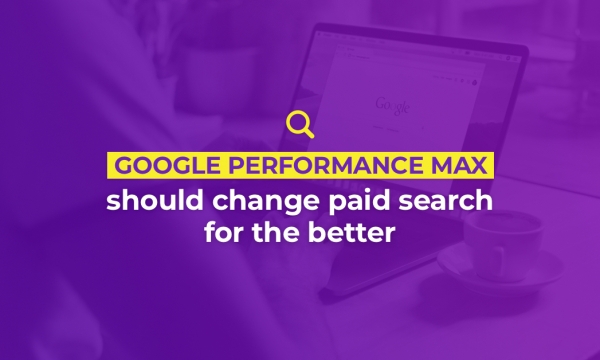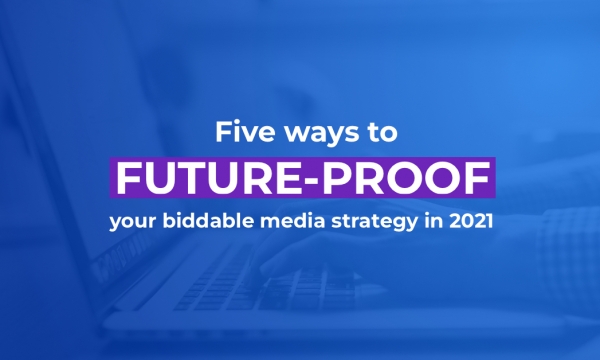Google has changed its advertising policy to essentially ban payday loan products from being advertised through its ad networks. From 13 July, the search engine will reject advertising from what it has described as a “harmful” industry.
So what is covered by the ban?

The Google guidelines offer a very set definition of what it considers to be a payday loan product, claiming that the ban will apply to “loans where repayment is due within 60 days of the date of issue.” An additional policy in the US will also apply to ban ads from any loan with an APR of 36% or more, which would also cover many longer-term loan products.
For UK lenders, it would appear that the latter regulation doesn’t apply at this stage, which means that many other ‘sub-prime’ loan products would be unaffected by the ban. This includes guarantor loans and longer-term sub-prime loans.
The policy will also not apply to forms of lending that Google does not consider harmful, including mortgages, personal loans, peer-to-peer lending and credit cards.
Why is this happening?
Google claims that this policy change has been introduced to protect its users from unaffordable borrowing and spiralling debt. In a statement published on its public policy blog, Google said:
“When reviewing our policies, research has shown that these loans can result in unaffordable payment and high default rates for users so we will be updating our policies globally to reflect that.
“This change is designed to protect our users from deceptive or harmful financial products.”
The statement also includes a comment from Wade Henderson, president and CEO of The Leadership Conference on Civil and Human Rights:
"This new policy addresses many of the longstanding concerns shared by the entire civil rights community about predatory payday lending. These companies have long used slick advertising and aggressive marketing to trap consumers into outrageously high interest loans - often those least able to afford it."
It isn’t the first time that Google has put policies in place for a particular industry or product group. In 2015, Google disabled more than 780m ads for reasons including phishing, counterfeiting and misleading content.
Back in 2008, Google actually reversed a ban on advertising for gambling services in Great Britain, providing that the advertiser is registered with the Gambling Commission.
Does this make search tougher?

Undoubtedly so. The payday loan market has been highly scrutinised by Google for some time. In 2014, we wrote about Google’s attempts to clean up the market and our Financial Services Intelligence Reports have noted a number of trends within the payday loan search markets.
Following Google’s attempts to clean up the loans market in 2014, we noted a significant drop in the search volumes for payday loan products. Whilst there was a drop in loan-related searches generally (largely due to post-recession trends), the shift in the payday loan market was striking. In 2011/12, payday loans were the second-most search for financial product (behind car insurance), with 21% of all searches in the market relating to PDLs but In 2013/14, that figure was just 9%, placing payday loans behind car insurance, mortgages, travel insurance and personal loans.
Between 2013 and 2014, the quality of the search engine results pages (SERPs) also improved dramatically, with the average domain authority (DA) in the payday loans market increasing from 34 to 47 (out of a possible 100), whilst the number of unique domains across the search results more than halved – dropping from 118 to 56.

This was a clear indication that Google was looking to promote the higher quality, more reputable lenders, with 60% of the brands that were previously indexed being removed from the top 10 search results. These brands were replaced by comparison and advice sites, such as MoneySavingExpert, MoneySupermarket and Money.co.uk, to create a SERP that carried much more content-driven results and greater levels of authority.
To address this, many brands turned to paid search. At the time of this algorithm update, six of the ten most visible paid brands were not visible in organic search. Google has now decided to close that back door once and for all.
What are the alternatives for PDL lenders?
In terms of paid advertising, the alternatives are fairly limited. We may find that brands alter their product offering to take themselves out of Google’s criteria, but this is very much a moving goalpost.
Display ad networks other than Google Display Network will continue to apply their own policies to the payday loans market, so these will remain an option to advertisers.
Social media advertising as an alternative platform isn’t an option. Facebook’s policy on prohibited content broadly matches the new Google policy, disallowing ads for “payday loans, paycheck (sic) advances or any other short-term loan intended to cover someone's expenses until their next payday.”
Organic search is a tough channel to crack in this market, and it will require operators to come up with a long-term approach. The algorithm updates of 2014 were about ensuring that lenders couldn’t “spam” their way to the top and to instead, reward those brands that followed principles of good search engine optimisation. That will become tougher after 13 July, but the advice still stands.



